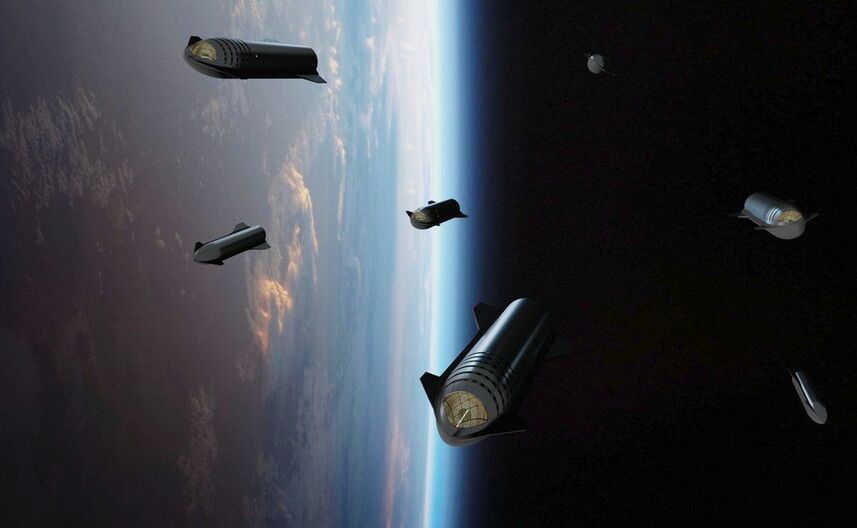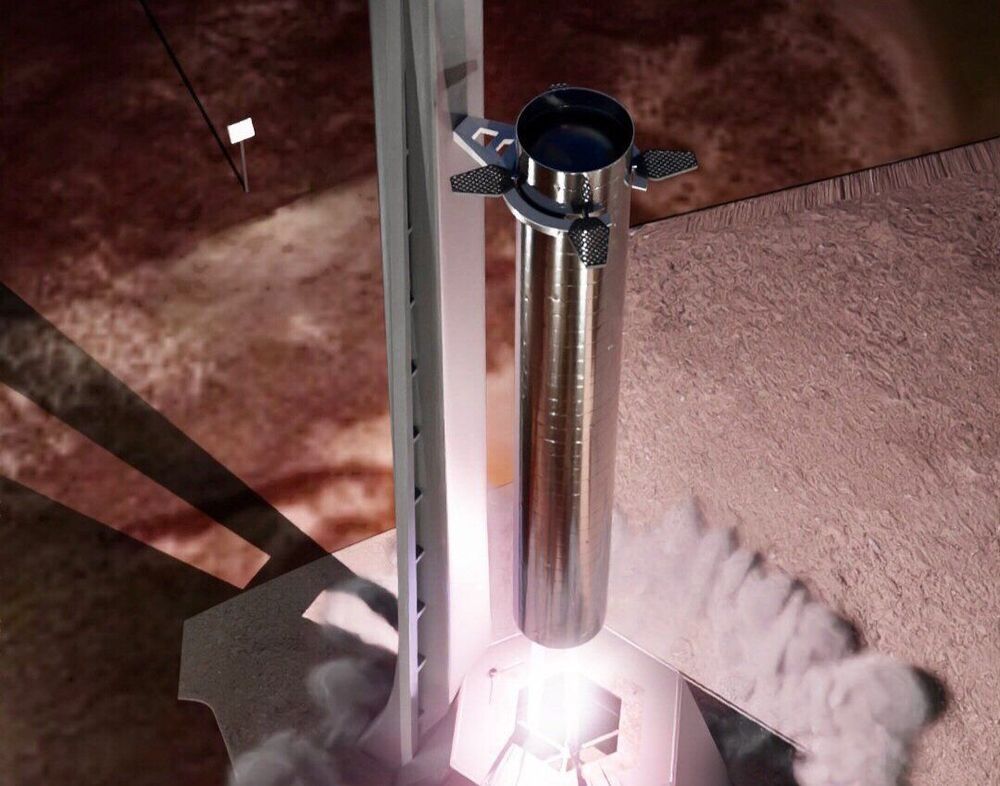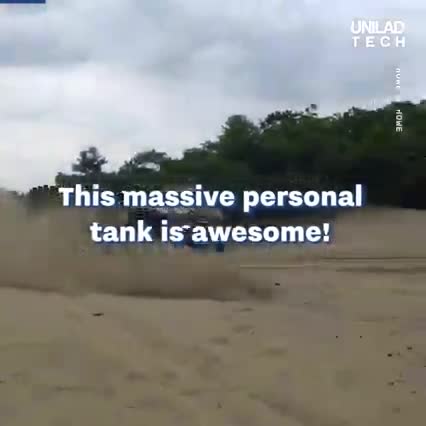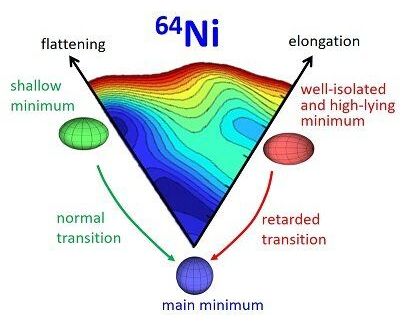Do you agree Eric Klien.
Ag-tech startup Plenty’s vertical farm produces 400 times more food per acre than a flat farm. Learn about the future of farming here.


That’s a lot of ships. 😃
To achieve that ambitious goal, SpaceX could build one hundred Starships per year over the course of ten years. –“Building 100 Starships per year gets to 1000 in 10 years or 100 megatons per year or maybe around 100000 people per Earth-Mars orbital sync,” Musk said in January. SpaceX would launch a Starship fleet approximately every 26 months, which is when Earth and Mars orbits align closer to each other.
Building 100 Starships/year gets to 1000 in 10 years or 100 megatons/year or maybe around 100k people per Earth-Mars orbital sync— Elon Musk (@elonmusk) January 172020
You can watch SpaceX operations as they work to develop the Starship spacecraft at the South Texas facility in the video below, courtesy of LabPadre via YouTube. In the weeks ahead, SpaceX plans to continue preflight preparations of the Starship SN9 prototype that is awaiting at the launchpad. Meanwhile, teams at the assembly facility are manufacturing multiple vehicles that will also undergo testing next year.


Tesla will need a landing platform to catch the rocket as it lands. According to Elon Musk its to save mass/weight and speed up the rockets readiness for its next launch.
This is for Tesla’s reusable rocket program.
SpaceX aims to develop a fully reusable Starship and Super Heavy launch vehicle, capable of performing multiple flights per day. Musk shared that not adding landing legs to the Super Heavy rocket “Saves mass & cost of legs & enables immediate repositioning of booster on to launch mount — ready to refly in under an hour,” he said. When asked if the decision to eliminate the legs is due to the high stress the vehicle would experience upon landing Musk responded, “Legs would certainly work, but best part is no part, best step is no step,” he wrote via Twitter.
Saves mass & cost of legs & enables immediate repositioning of booster on to launch mount — ready to refly in under an hour— Elon Musk (@elonmusk) December 302020
Legs would certainly work, but best part is no part, best step is no step— Elon Musk (@elonmusk) December 302020

But their cash-burning tactics to attract users and uncertain business models turned out to be unsustainable. By 2017, the bubble was already bursting – yet another casualty in big tech’s seemingly endless proxy wars for users and market share, leaving a trail of broken companies, and bikes, in their wake.
Mobike officially halted operations of the mobile app and WeChat mini programme under its own brand last week, fully merging under its parent company Meituan.
Well, at least he’s enjoying the view.
Jetpacks only operate for a limited amount of time, and they can’t achieve heights of several thousand feet, but don’t tell that to “Jetpack Man” who has been seen by passing airliners flying over the skies of southern California.


For $140000, you can fly your own electric airplane. The Slovenian company Pipistrel sells the Alpha Electro, the first electric aircraft certified as airworthy by the Federal Aviation Administration (FAA) in 2018. It’s a welterweight at just 811 pounds (368 kilograms), powered by a 21 kWh battery pack—about one-fifth the power of what you’d find in a Tesla Model S. For about 90 minutes, the pilot training plane will keep you and a companion aloft without burning a drop of fossil fuel.
Those of us without a pilot license will have to wait longer for emissions-free flight—but not much. For all its challenges, 2020 has proven to be a milestone year for electric aviation. Electric aircraft set new distance records, replicated short commercial flight paths, won over the US military, and attracted buyers from big airlines.
And in June, European regulators granted another of Pipistrel’s aircraft, the Velis Electro, the world’s first electric “type certification,” deeming the entire aircraft design safe and ready for mass production (airworthiness only certifies individual aircraft).

Until recently, scientists believed that only very massive nuclei could have excited zero-spin states of increased stability with a significantly deformed shape. Meanwhile, an international team of researchers from Romania, France, Italy, the USA and Poland showed in their latest article that such states also exist in much lighter nickel nuclei. Positive verification of the theoretical model used in these experiments allows describing the properties of nuclei unavailable in Earth laboratories.
More than 99.9 per cent of the mass of an atom comes from the atomic nucleus, the volume of which is over a trillion times smaller than the volume of the entire atom. Hence, the atomic nucleus has an amazing density of about 150 million tons per cubic centimeter. This means that one tablespoon of nuclear matter weighs almost as much as a cubic kilometer of water. Despite their very small size and incredible density, atomic nuclei are complex structures made of protons and neutrons. One may expect that such extremely dense objects would always take spherical form. In reality, however, the situation is quite different: most nuclei are deformed—they exhibit shape flattened or elongated along one or even two axes, simultaneously. To find the favorite form of a given nucleus, it is customary to construct a landscape of the potential energy as a function of deformation. One may visualize such landscape by drawing a map on which the plane coordinates are the deformation parameters, i.e.

On a high, dry terrace overlooking a green river valley in the Andes Mountains of Peru, sits a complex of American pyramids that may be older than the pyramids of Egypt. These structures are remnants of the ancient city of Caral, which some have called the oldest society in the Americas. Caral was built around 5000 years ago, give or take a few centuries, according to groundbreaking research published in Science back in 2001. That origin date places it before the Egyptian pyramids in Africa and roughly 4000 years before the Incan Empire rose to power on the South American continent. That history, and the shear scope of the site, prompted UNESCO, the United Nations Educational, Scientific and Cultural Organization, to dub it a World Heritage Site in 2009.
These pyramids in Peru are older than the ones in Egypt, and predate the Incan Empire by roughly 4000 years.